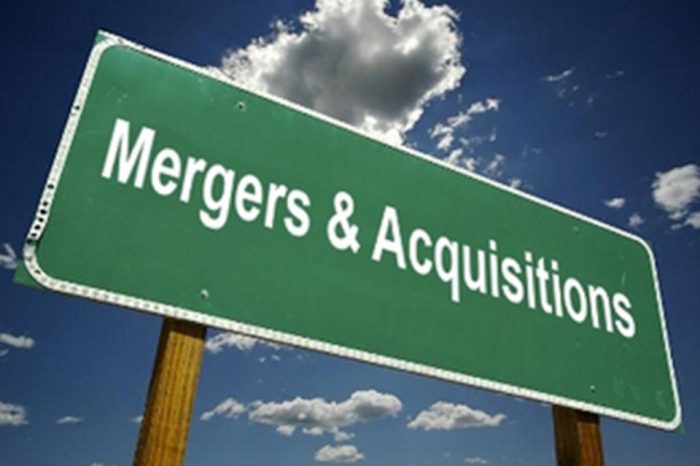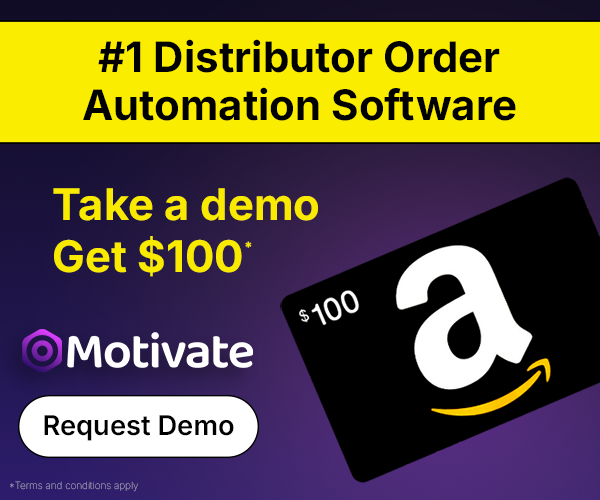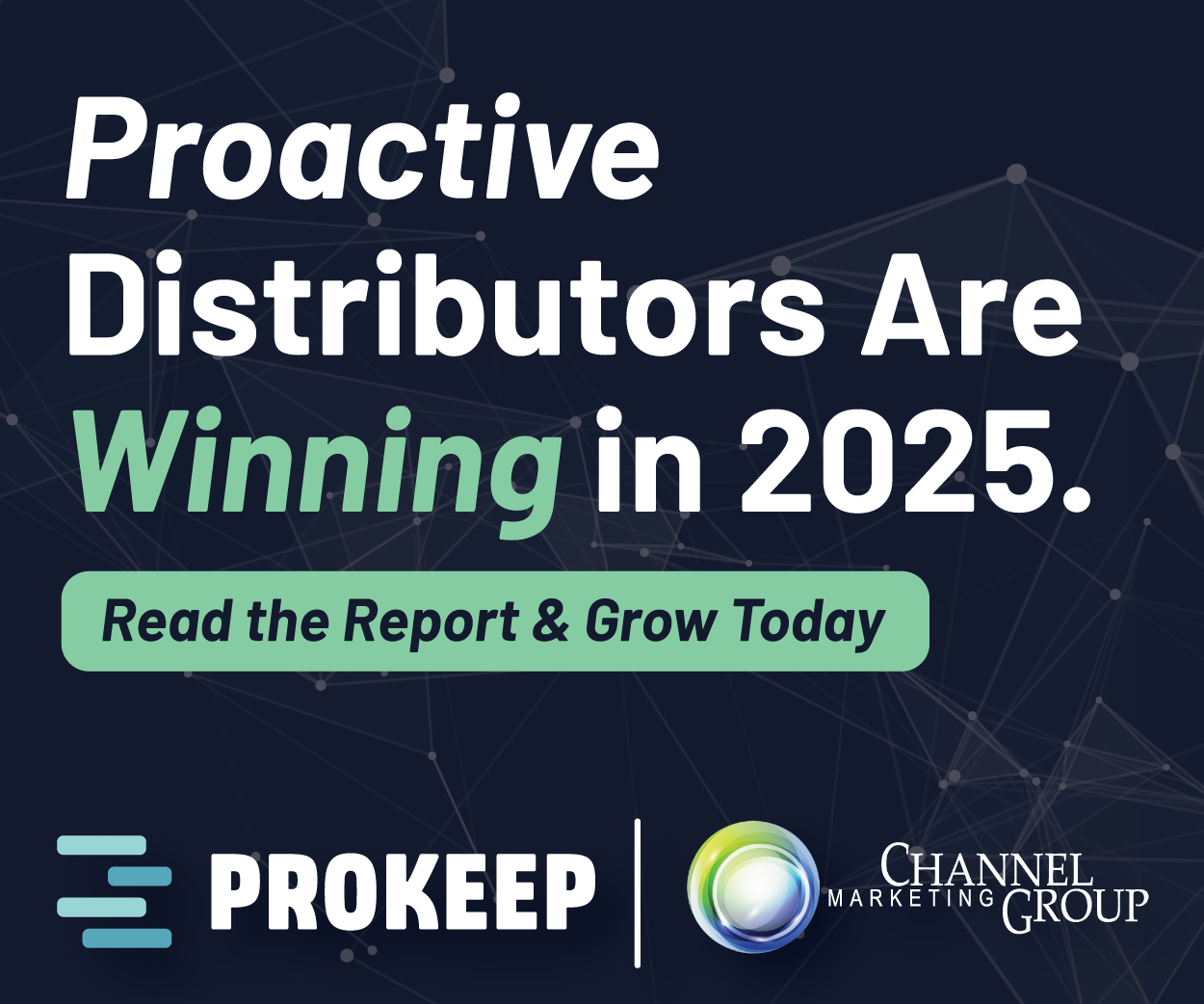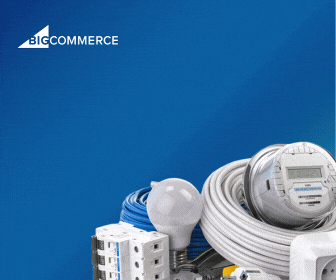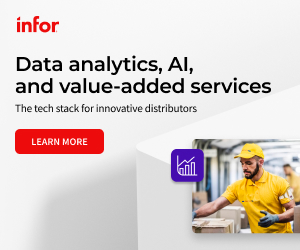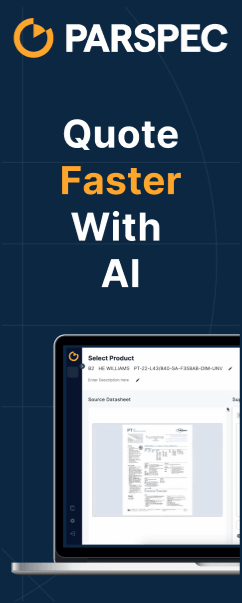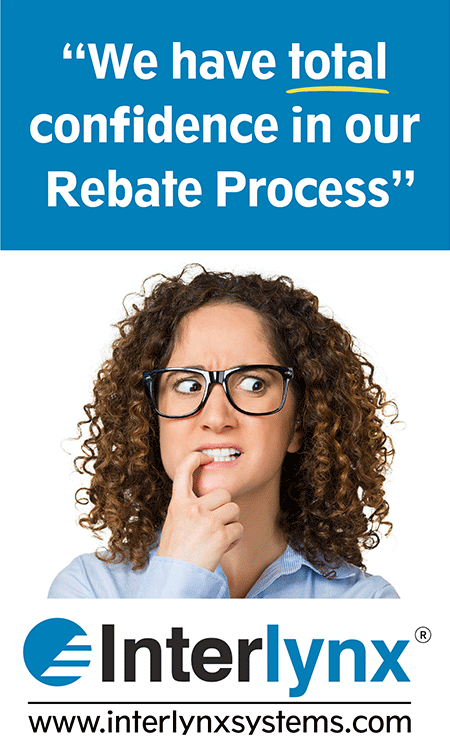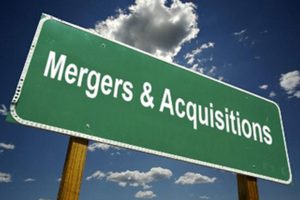Justifing Your ERP
Publicly Justify your ERP purchase
Now we are seeing some people/companies publicly justifying their purchases to gain productivity, like AirGas below.
A quick ERP Business Model
ERP companies have operated their business with a model where they:
- Put as little functionality into their base package with the hopes that they will get the customer to pay for customization. If there is enough demand for that customization, they add it to the base package and continue to sell into that vertical channel. They might end up buying other competing companies for their customer list and try and get their customers to move over to the original package. To do this type of operation they also reduce customer service but never give up the source code.
- Some put as much functionality for a particular vertical in order to attract a bulk of the distributors in hopes that they will be sold or buy other software companies customer list. They also reduce customer service/support to get one group to move to another software. They also hand on to the source code.
- In the meantime the customer (distributor) is saddled with poor or non- existent customer support and ever increasing fees and is dragged back to the original writer of the software if they want to make changes.
- Then there is the software company that takes a longer view of the market and builds more expensive software, gives the distributor the source code and lets them make changes.
- Up and until now all of the above models required that the software be installed on-site.
- A few years ago the “Cloud” was introduced along with different types of computers and in some cases newer software. Up and until the “Cloud” business software was introduced, the term “disaster recovery” had been confined to the distributors place of business, which maintained IT overhead demand.
“Consistent with our expectation for continued sluggish business conditions during the quarter, our earnings results were at the midpoint of our guidance range,” said Airgas President and Chief Executive Officer Michael L. Molinini. “We are pleased to have achieved our long-standing target of reaching a run-rate of more than $75 million in SAP-enabled operating income benefits by the end of calendar year 2013. Delivering on that commitment made to shareholders more than three years ago is a remarkable achievement for which all Airgas associates are to be commended. We look forward to continuing to leverage SAP’s capabilities and the benefits of having a unified platform across our distribution operations to improve the way we manage our business on both the top and bottom lines for many years to come.”
Since productivity has long been a subject of Electrical Trends and some will say that various software companies are just to expensive. To that end many have said that SAP is too expensive and has to be customized. But the real question is do you really know?
How do you look at Productivity
Over the years we’ve put together about 20 questions that distributors should ask them selves about productivity within their own company. One of the common questions is how do I measure productivity in various departments?Now each company is set up and run slightly different, so sometimes it requires talking though the processes on site and/or via phone.
What questions do you use, or would you use, to determine the productivity benefits (ROI) of an ERP system?
Add your questions below (and then can be anonymous) and we’ll compile the questions and make them available, with our list of 20, on February 20th (email me to be placed on the list to receive the questions).
In the end it is still the question of “How do I go about measuring gains in productivity?”



